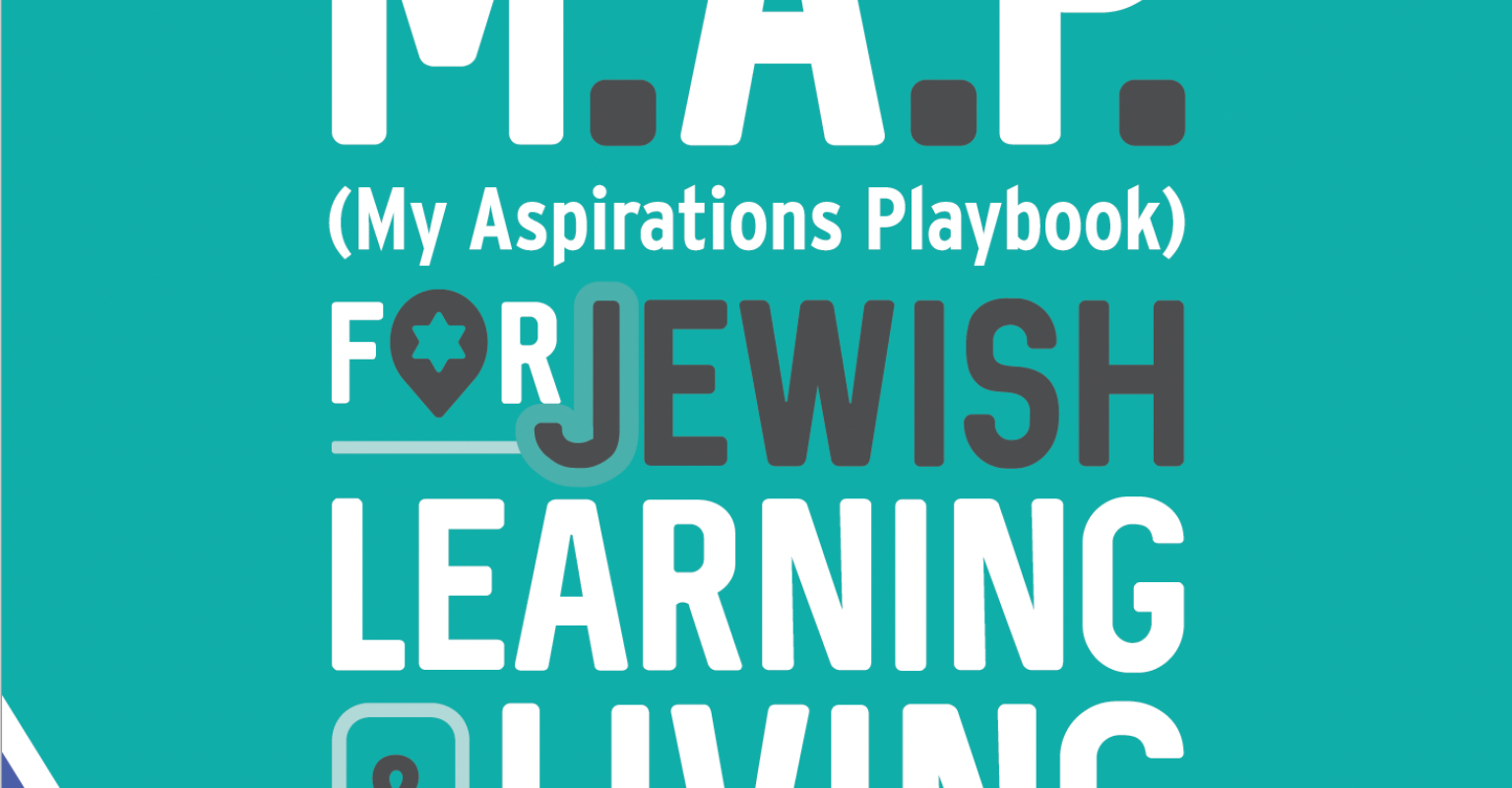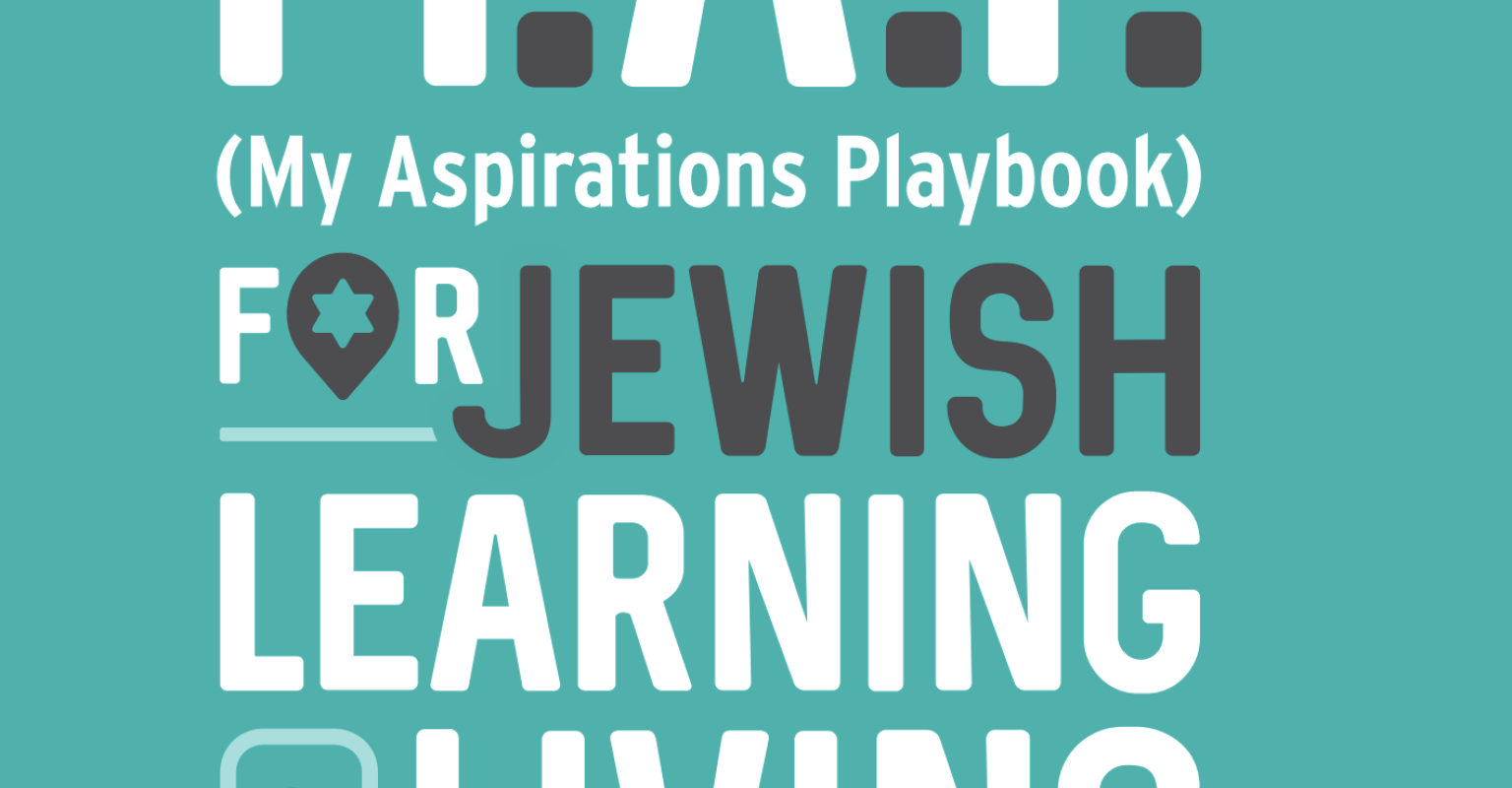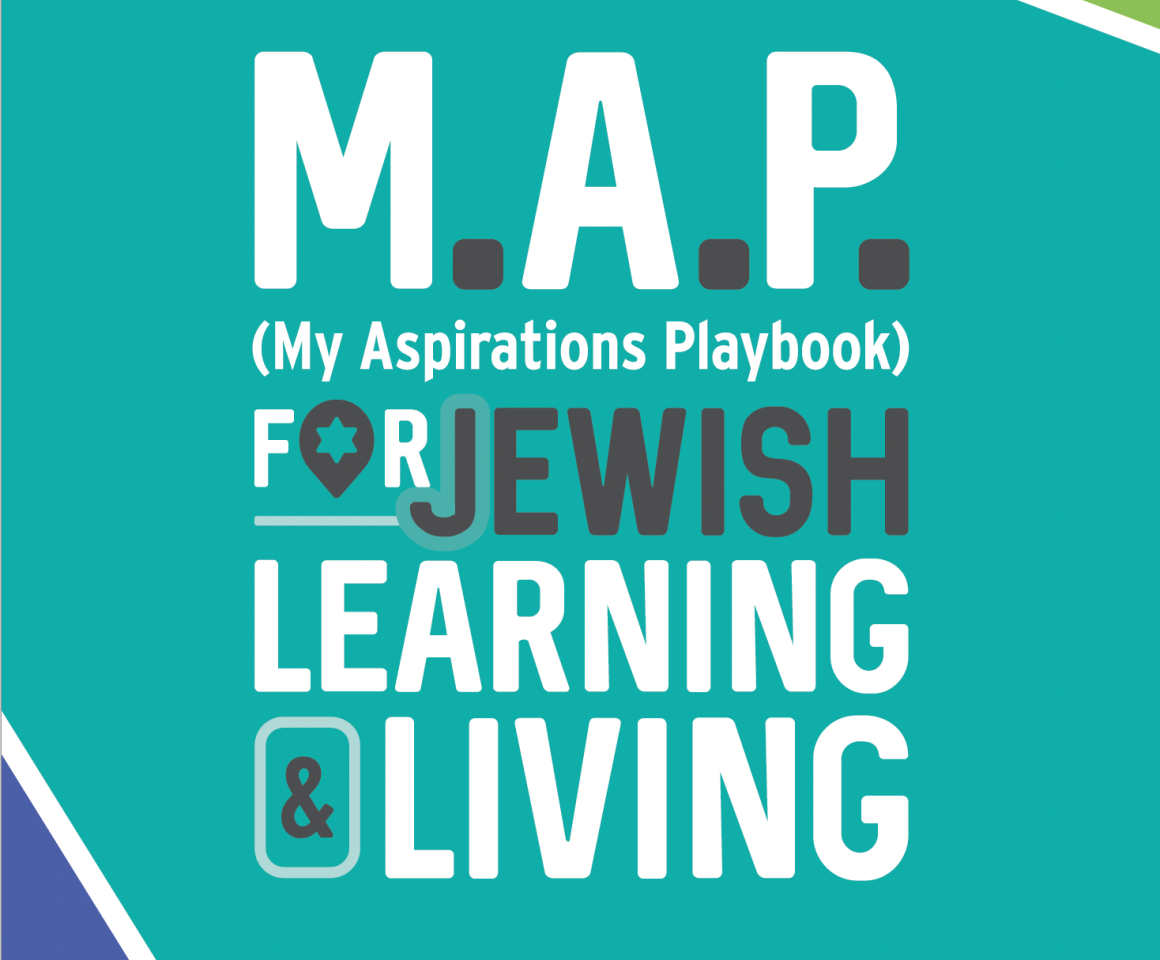
This collection is for Jewish educators to engage in a process that catalyzes innovation based on My Aspirations Playbook (MAP). These resources enable educators to facilitate conversations involving volunteer leadership, parents, and teachers. The process uses MAP as a way of investigating our core purposes for Jewish education.
The chart below summarizes the sessions and how to use them with different audiences. As the facilitator, you can choose which sessions to use and how. Finding Our Why helps people think through the impact of undertaking this process, from simply sharpening the Jewish learning program to initiating a more in-depth change process. As you design the program for your institution, it will be important to give some thought to the populations and individuals that leverage power and influence in your organization and how you plan to involve them so that the process is effective.
- Educator Training
- Congregational Learning
My Aspirations Playbook (M.A.P.) is a comprehensive vision of the impact that Jewish education can have.

An introduction for lay leaders to the process and to purposes of Jewish education before delving into My Aspirations Playbook (MAP).

A session to introduce any group to My Aspirations Playbook (MAP) and identify top priorities in your organization.

A guide to My Aspirations Playbook (MAP) through the lens of DEI+B.

A hands-on session to practice adjusting lessons to reflect agreed upon aspirations, then reflecting on the process. Specifically for teachers, this session can use teachers’ own lessons or the ones provided in the resource. You can also use the aspirations your leaders prioritized in the

Teams of teachers get creative using the aspirations to brainstorm ideas for a unit.

Compares what people say they value with what the organization values in its messaging and decision making.
These materials were created in partnership with Dr. Wendy Grinberg.
An overview of the sessions linked below.
Finding Our “Why”
This is an introduction for lay leaders to the process and to purposes of Jewish education before delving into My Aspirations Playbook (MAP).
Audience/Implementation: For parent groups, a school committee, or the organization’s board. Possibility to run this program multiple times to initiate a synagogue-wide change process. Also could be run as two sessions: one on purposes of Jewish education and one on the expectations for the process in your organization.
Identifying Our Top Priorities
A session to introduce any group to My Aspirations Playbook (MAP) and identify top priorities in your organization.
Audience/Implementation: Can be run with one key leadership group with the most influence over the educational program, then top priorities used in other sessions. Or, can be run with multiple groups with a second session to merge the lists.
Investigating Our Organizational Culture
Compares what people say they value with what the organization values in its messaging and decision making.
Audience/Implementation: Can be run with any group to demonstrate how values clarification and alignment can impact an organization.
Aligning Lessons to Aspirations
A hands-on session to practice adjusting lessons to reflect agreed upon aspirations, then reflecting on the process.
Audience/Implementation: Specifically for teachers, this session can use teachers’ own lessons or the ones provided. You can also use the aspirations your leaders prioritized in the “Identifying Our Top Priorities” session, or run that session with teachers first and use the aspirations they identify.
Applying Aspirations to Planning a Unit
Teams of teachers get creative using the aspirations to brainstorm ideas for a unit.
Audience/Implementation: This is a follow up to the “Aligning Lessons” session, using the aspirations to draft a full unit. Both sessions will need follow-up to support implementation.


